Even though the island of Kauai in Hawaii gets more rain than almost any area on Earth, one side looks like a desert. The shape of the land (geosphere) affects where it rains (hydrosphere).

The spheres are the four subsystems that make up the planet Earth. They are called spheres because they are round, just like the Earth. The four spheres are the geosphere (all the rock on Earth), hydrosphere (all the water on Earth), atmosphere (all the gases surrounding Earth), and biosphere (all the living things on Earth).
To better understand how the 4 spheres of the Earth work….
LET’S BREAK IT DOWN!
Earth’s land makes up the geosphere.
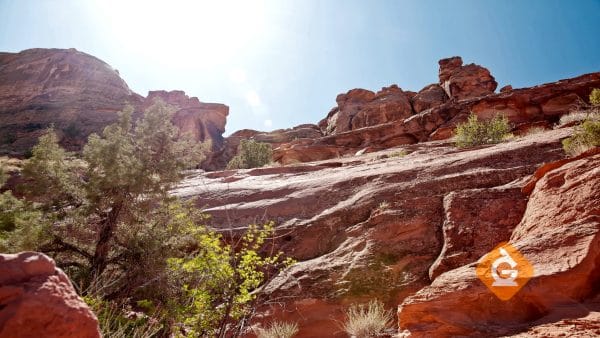
Geo means “earth.” The Earth’s geosphere (sometimes called the lithosphere) is the portion of the earth that includes rocks and minerals. It starts at the ground and extends all the way down to Earth’s core.
We rely on the geosphere to provide natural resources and a place to grow food. Volcanos, mountain ranges, and deserts are all part of the geosphere. Put simply, without the geosphere, there would be no Earth!
Earth’s water makes up the hydrosphere.
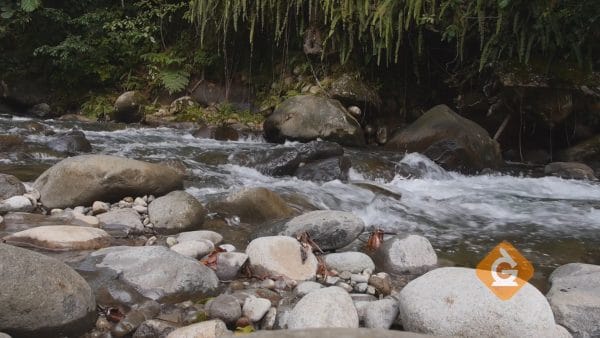
Hydro means “water.“ The hydrosphere includes the oceans, rivers, lakes, groundwater, and water frozen in glaciers. 97% of water on Earth is found in the oceans. Water is one of the most important substances needed for life and makes up about 90% of living things. Without water, life would not be possible.
Earth’s air makes up the atmosphere.
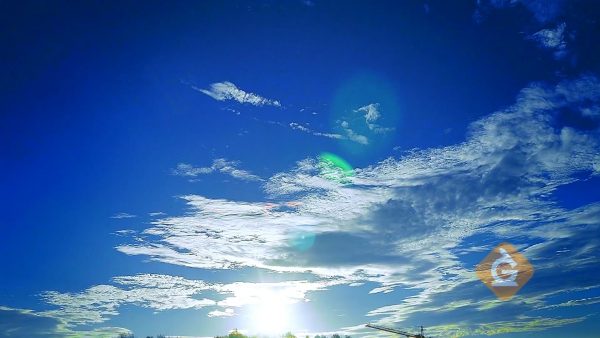
Atmos means “air.” The atmosphere includes all the gases surrounding the Earth. We often call the atmosphere "air." All planets have an atmosphere, but Earth is the only planet with the correct combination of gases to support life.
The atmosphere consists of five layers and is responsible for Earth’s weather. Even though it seems like air is made of nothing, it consists of particles too small to be seen. All these particles have weight that push down on Earth. The weight of air above us is called air pressure.
Earth’s living things make up the biosphere.

Bio means “life.” The biosphere is made up of all the living things on Earth and it includes fish, birds, plants, and even people.
The living portion of the Earth interacts with all the other spheres. Living things need water (hydrosphere), chemicals from the atmosphere, and nutrients gained by eating things in the biosphere.
EXAMPLES OF EARTH’S 4 SPHERES
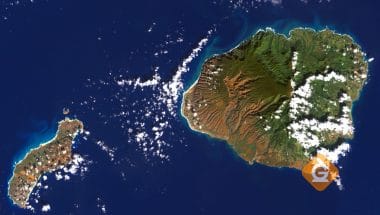
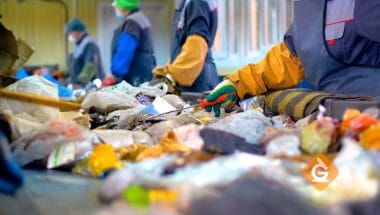
Every time you recycle, you are impacting all four spheres. Efforts such as recycling are important to keep all four of our spheres healthy.
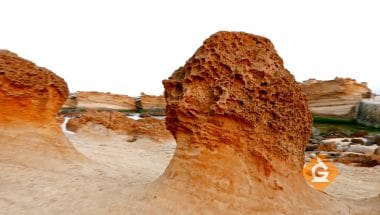
Erosion creates mushroom rocks when wind carries sand close to the ground. This is another example of how the atmosphere affects the geosphere. Sand carried by wind carves the bottom of the rock more than the top.
VOCABULARY ON EARTH'S SPHERES
DISCUSSION QUESTIONS ON EARTH'S SPHERES
In the investigation with aquariums, which of Earth’s spheres are represented?
What happened to the temperature of the atmosphere when hot water was added?
Does water temperature have an effect on air temperature?
Which two of Earth’s spheres are represented in the example of erosion?
How did the example with dry ice show that land affects water and air?
Which of Earth’s spheres are humans part of? Why?
Which of Earth’s spheres do humans impact? Give examples.
How does using recycled materials help Earth’s spheres?
Skip, I will use a 3 day free trial
Enjoy your free 30 days trial
We use cookies to make your experience with this site better. By using this site you agree to our use of cookies. Click "Decline" to delete and block any non-essential cookies for this site on this specific property, device, and browser. Please read our privacy policy for more information on the cookies we use.Learn More
We use cookies to improve your experience. By using this site, you agree to our use of cookies. Click "Decline" to block non-essential cookies. See our privacy policy for details.Learn More






